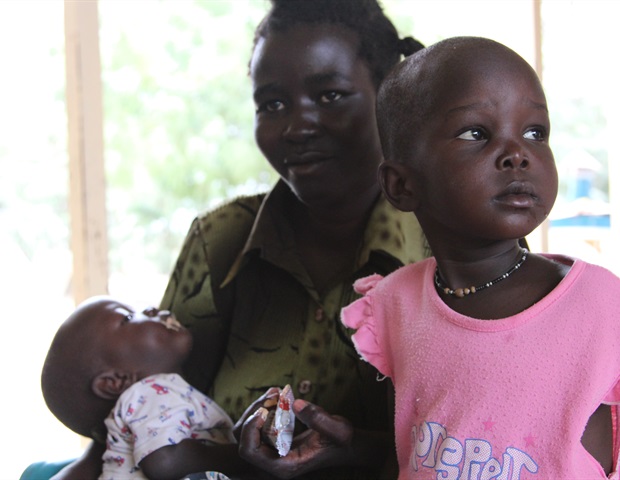
Eighty-two percent of child deaths in low-income countries could be prevented, according to a study from the international CHAMPS network published in JAMA Network Open. The study, which used the minimally invasive autopsy technique developed by the Barcelona Institute for Global Health (ISGlobal), found an infectious agent in 87% of cases and identified malnutrition as the most common underlying cause of death.
Ninety-nine percent of deaths in children under five years of age occur in low- and middle-income countries. “If we want to prevent these deaths, we need to know the causes, but the problem is that we lack reliable data,” says Quique Bassat, ICREA researcher at ISGlobal, an institution supported by the “la Caixa” Foundation. Clinical data and family or caregiver testimonies (verbal autopsies) are often used to determine the causes in low-resource areas, but they are not detailed enough.
In addition, it is important to distinguish between underlying causes (i.e. those that start the chain of events leading to death) and the immediate cause of death. “This distinction is important because death can result from the interaction between different conditions,” explains Bassat, who is part of an ISGlobal team that has developed and validated a minimally invasive technique to obtain biopsies from different organs to determine the causes of death through histopathological and microbiological analysis. This postmortem minimally invasive tissue sampling (MITS) technique was adopted by CHAMPS, an international child mortality surveillance network launched in 2016.
636 child deaths under the microscope
In this study, a CHAMPS team led by Bassat investigated the causes of child deaths in seven countries in sub-Saharan Africa and South East Asia (Mozambique, Sierra Leone, Kenya, Mali, Ethiopia, South Africa and Bangladesh), distinguishing between underlying, intermediate and immediate causes. The analysis included 636 deaths in children aged 1 month to 5 years, that occurred in the community or in the hospital between 2016 and 2020. A MITS was performed in all cases, and clinical and verbal autopsy information was collected.
Malnutrition: the main trigger
The most common underlying causes of death were: malnutrition (16.5%), HIV (11.9%), malaria (11.2%), congenital defects (10.1%), respiratory infections (8.4%) and diarrhea (7.2%). An infectious agent was found in 87% of cases (the most frequent was Klebsiella pneumoniae, a bacterium mainly associated with hospital infections, followed by the malaria parasite P. falciparum and Streptococcus pneumoniae, a pneumonia-causing bacterium).
Only 25% of deaths were due to a single cause; all the others were due to a complex interaction of factors.”
Quique Bassat, ICREA researcher at ISGlobal
Hence the importance of considering the whole chain of events leading to death, and not just the immediate cause, in order to design more effective prevention strategies.
The study concluded that 82% of the deaths analysed could have been prevented, opening up many opportunities to design targeted interventions with high impact. Finally, they point out that minimally invasive autopsies also allow for the analysis of deaths that occur in the community (at home), providing valuable information on how to prevent deaths that escape the health system.
Source:
Barcelona Institute for Global Health (ISGlobal)
Journal reference:
Bassat, Q., et al. (2023). Causes of Death Among Infants and Children in the Child Health and Mortality Prevention Surveillance (CHAMPS) Network. JAMA Network Open. doi.org/10.1001/jamanetworkopen.2023.22494.

 PARENTING TIPS
PARENTING TIPS







 PREGNANCY
PREGNANCY








 BABY CARE
BABY CARE








 TODDLERS
TODDLERS








 TEENS
TEENS








 HEALTH CARE
HEALTH CARE







 ACTIVITIES & CRAFTS
ACTIVITIES & CRAFTS








 CONTACT
CONTACT ABOUT
ABOUT













